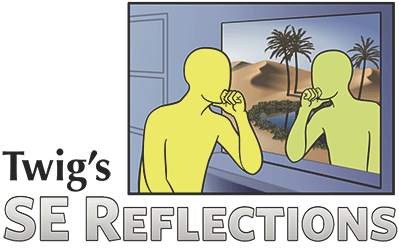Play Episode 3 Here
Podcast: Play in new window | Download
Subscribe: RSS
How do you get through sessions with people experiencing “freezy business”? That is, as a practitioner what do you do with your attention to not succumb to the freeze or interrupt it unnecessarily. Here are some tips.
We have two things to consider here:
- Some people are dominated by freeze/immobility states which requires an SE practitioner to join with a slower pacing.
- During the renegotiation process of completing freeze/immobility practitioners can get “taken” into that state and have a difficult time keeping “awake and aware.”
What do to then?
For now let’s put aside questions like:
- When do you allow freeze? [check out the Needs for Successful Renegotiation of Freeze post ]
- How do you facilitate freeze when it’s the right thing to do?
- How do you avoid it when the timing isn’t right yet?
In this podcast I look at various things a practitioner can do to keep their attention from becoming too frustrated, distant or intrusive with when working with freeze/immobility states.
These suggestions include:
- Giving some part of your body the option of being agitated while differentiating this from the rest of you that is communicating with your client. (i.e. Please don’t let your agitation leak into your session).
- Letting yourself be “taken by the freeze” in small doses that are then intentionally interrupted by occasional re-orientation. (i.e. Letting yourself get foggy and then looking around again, letting yourself get foggy and then looking around again, and so on).
- Counting your client’s pacing and making a silent counting in your own mind before making your responses so you match their pace. (i.e. You notice that you talk faster than them. Count how long it takes them to respond and then insert that same amount of time into your pauses before you respond).
- Imagining or “seeing” the conversation or investigation moving between you and your client like a slow motion ping pong ball. (i.e. Trying to make sure you don’t “slam” your client but instead return the volley in nice easy strokes). [That should probably be “table tennis.”]
- Lengthening your form of speech or ‘stretching your words out like taffy.” (i.e. “Yooo’u knooowwwww, li-ke talkinnnggg nnnn looong forrrmmmmm.”)
- Creating a verbal contract that puts you on record as generally talking faster than your clients and making a committment to talk more at their pace. (i.e. “I just noticed that I’m talking faster than you and it occurred to me that it might be helpful to you if I make an explicit effort to talk a little slower so you have time to collect your thoughts.”)
For now I leave out here the discussion of what to do if you’re on the opposite side of this spectrum and generally talk much slower than your clients. That’s a different question and one I’ll have to take up some other time.

